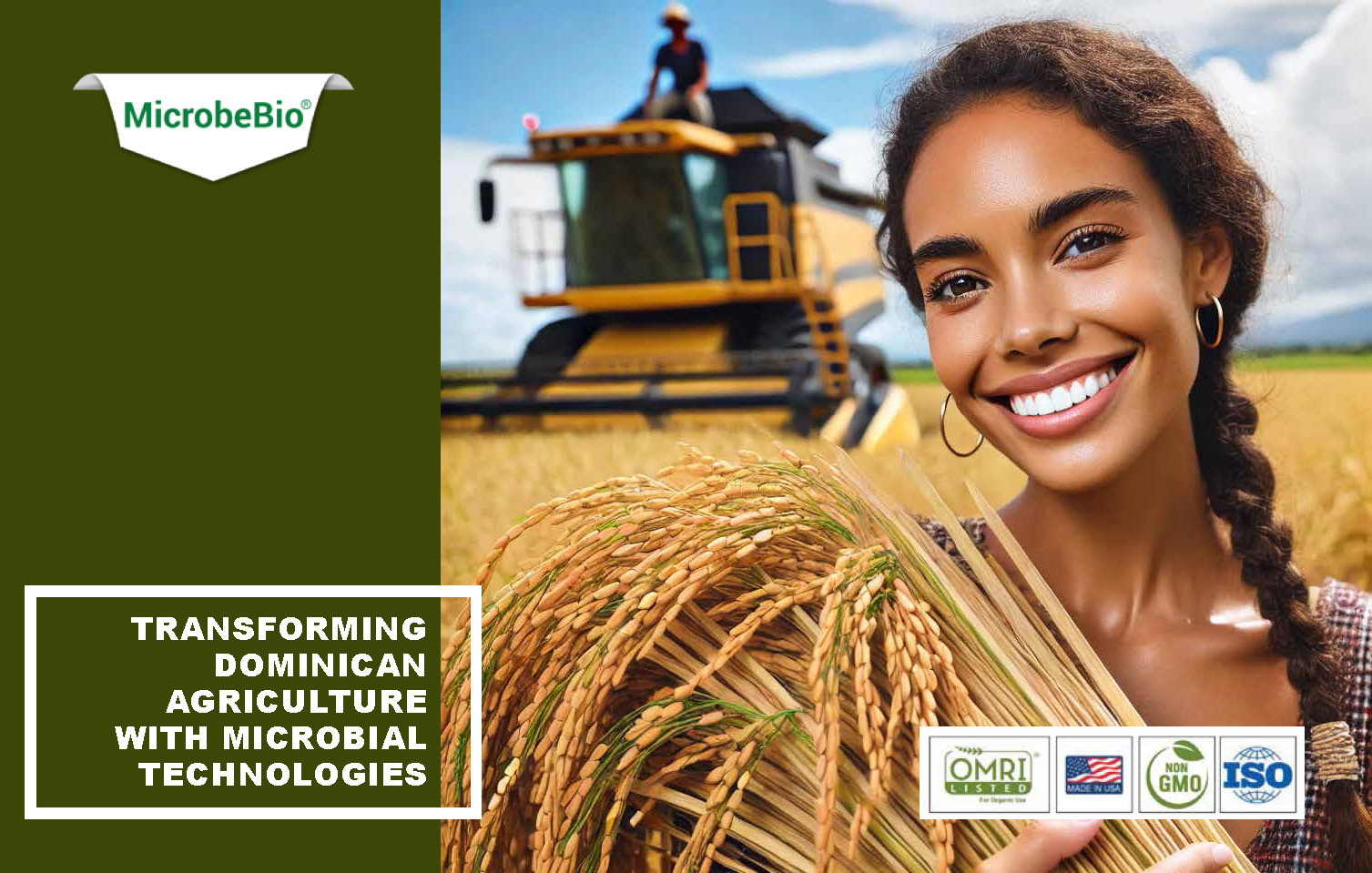
Controlling Golden Apple Snail in Rice Fields: History, Challenges, and Solutions The Golden Apple Snail (Pomacea canaliculata and related species) has emerged as a significant threat to rice production across the globe. This invasive pest wreaks havoc on rice crops, causing substantial yield losses and challenging farmers’ livelihoods. In this blog, we explore the history of [...]
Read more








